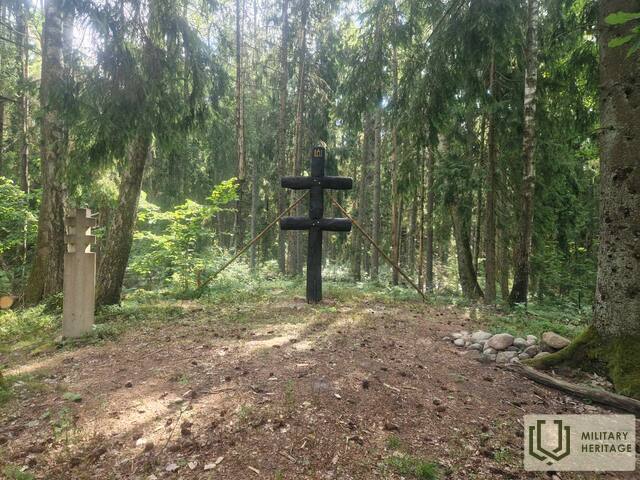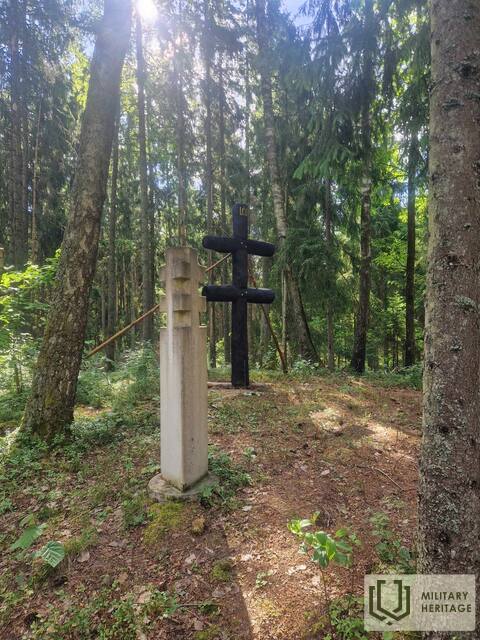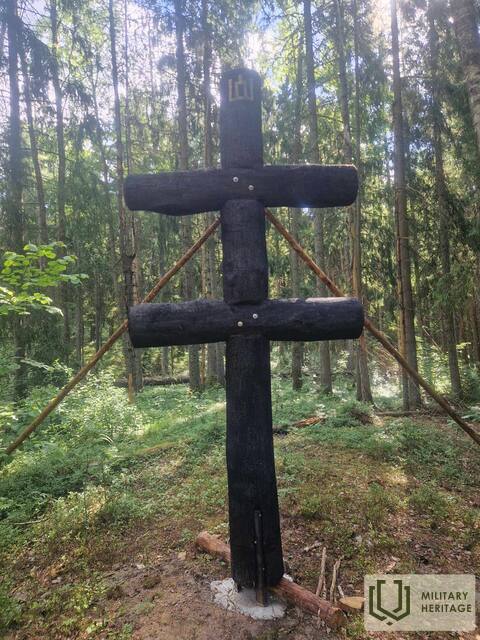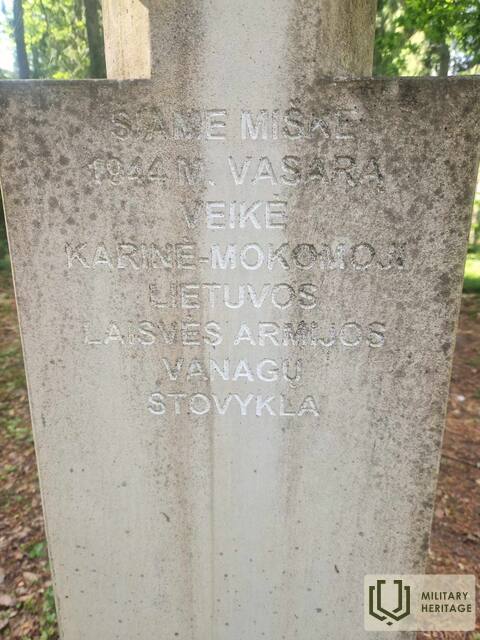Lithuanian Freedom Army partisan "Vanagi" training and shooting camp in Plokštinė
Bunker


A Lithuanian Freedom Army (LLA) partisan training and shooting camp, known as the "Vanagai" camp, was established in Samogitia, in the Plokštinė forests, near Plateliai. This camp was an important part of the LLA structure, where partisans prepared for the fight against the Soviet occupation authorities.
The camp was established in August 1944, when the Soviet Union occupied Lithuania for the second time. The members of the "Hawks" group studied here not only shooting and guerrilla warfare tactics, but also survival skills in nature. They were preparing for long-term resistance in the forests in order to be able to operate covertly and organize attacks on Soviet structures as effectively as possible. The camp taught not only armed resistance, but also reconnaissance, communication, camouflage and other skills necessary for partisans.
The forests of Plokštīne were chosen for their density and remoteness – this area allowed the partisans to hide from the occupiers. The camp’s activities eventually covered the surrounding forests with complex partisan trails that were difficult for the Soviets to understand for a long time. Men and women of all ages trained here, including former riflemen, soldiers and ordinary Lithuanian residents, ready to fight for Lithuania’s freedom.
In 2019, the exact location of the "Hawks" military training on August 15–25, 1944, was determined in the Plokštinė forest, which was confirmed by the details of the stories of many presenters - participants of the military training camp, and new, previously unknown data was accumulated about the camp's equipment and the daily life of the "Hawks" who served there. The location was investigated by Gediminas Petrauskas.
Although there are no special signs dedicated to this camp when visiting the site, the past historical events are reflected in the still-found shell casings and bullets and their marks in the pine trees.













